Description
Rouen Medieval Yeshiva: Rouen, France. Built 1090. Discovered by chance during restoration work in the courtyard of the old French city of Rouen’s courts of law in 1976, and carefully excavated in the years that followed.
Built circa 1090 in Romanesque style, Rouen Yeshiva was found beneath the courtyard of the Palace of Justice in Rouen, situated on the ancient Rue aux Juifs – “Street of the Jews.” Rouen’s Yeshiva is the only Jewish institution of higher learning in Europe whose walls have survived either from antiquity or the Middle Ages.
Jews arrived in Normandy (Northern France) with the Romans following the conquest of Gaul by Julius Caesar (58 – 54 BCE), and Rouen became a major center of Jewish life, with several synagogues, a Jewish cemetery and a vibrant commercial community.
Despite the Jewish communities long history, the French Jewish community suffered repeated expulsions and ongoing persecution. Jews were expelled from French cities, provinces or the country in 554, 561, 876, 1012, 1182, 1306, 1322, 1388, 1394, 1420, 1438, 1453, 1462, 1483, 1514, 1597, 1761, 1789, and (during the Vichy government’s rule to Nazi concentration camps )1942 – 44. Additionally, at various times and places in France, Jews were: blamed for the Black Plague and massacred in (1348, 1349 & 1380), accused of using the blood of Christians in religious rituals and burned at the stake (1171 and 1848), forced to wear special badges to identify them (1215 ,1269, 1234,1260, 1246, 1254, 1284, 1365, 1326, 1337, 1336, and 1368, 1942 – 44.), attacked by Crusaders – with all who refused to be baptized killed (3,000 who resisted were murdered in 1236). Additionally the entire French Jewish community was imprisoned with ransom demanded for their release (1165 and 1305), their property was confiscated (1181& 1305), and pillaged (1848), loans made by Jews to Christians were annulled (1181 and 1808), Jews were forced to pay special taxes; the Talmud was put on trial (1240) then burned (1242), synagogues and communal organizations were closed down(1793-94) .and in one of the more unique indignities, representatives had to go to the cathedral weekly to have their ears boxed, as a reminder of their guilt.
Despite all the expulsions and persecutions, Jewish learning thrived in France during the Middle Ages, at the time Rouen Yeshiva stood. Rashi (1040–1106), and other great Talmudic scholars were natives of, taught, and wrote in northern France.
(12 ¼ inches high x 8 ¾ inches wide x 4 deep.)

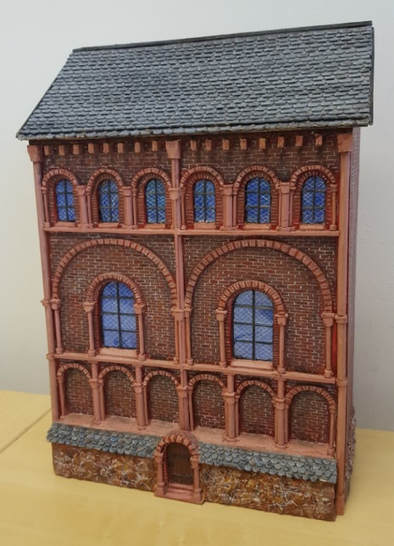
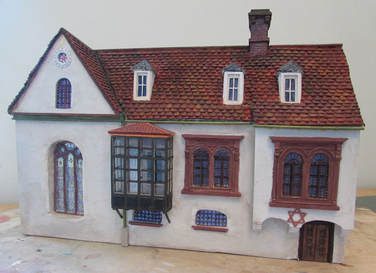
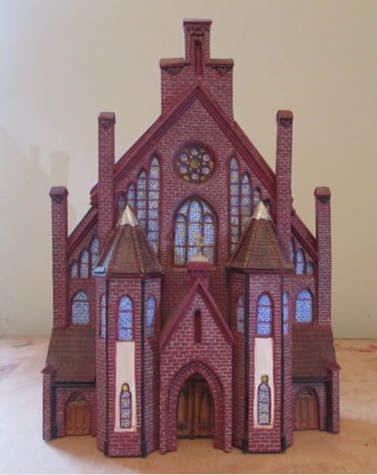
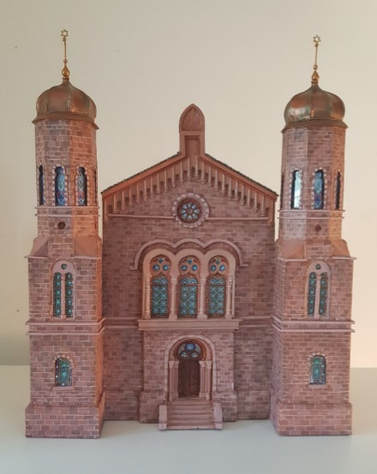
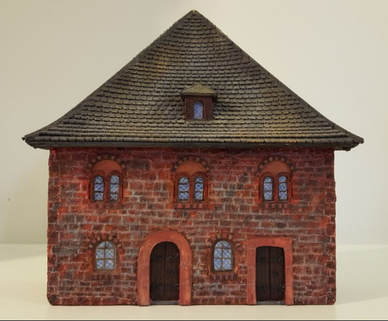
Reviews
There are no reviews yet.